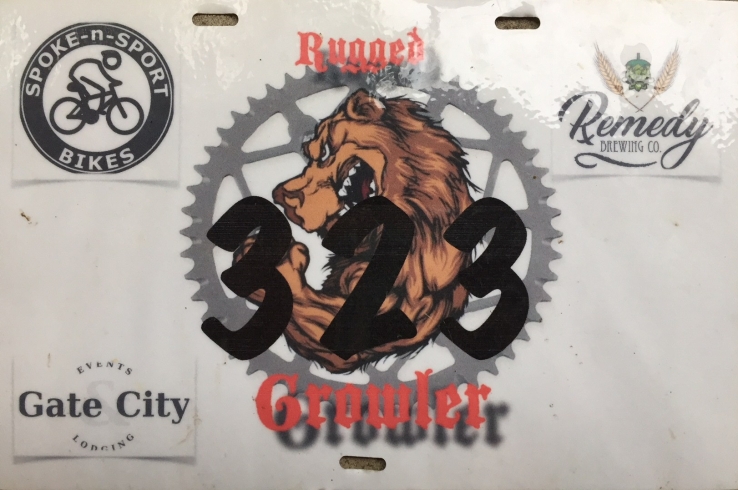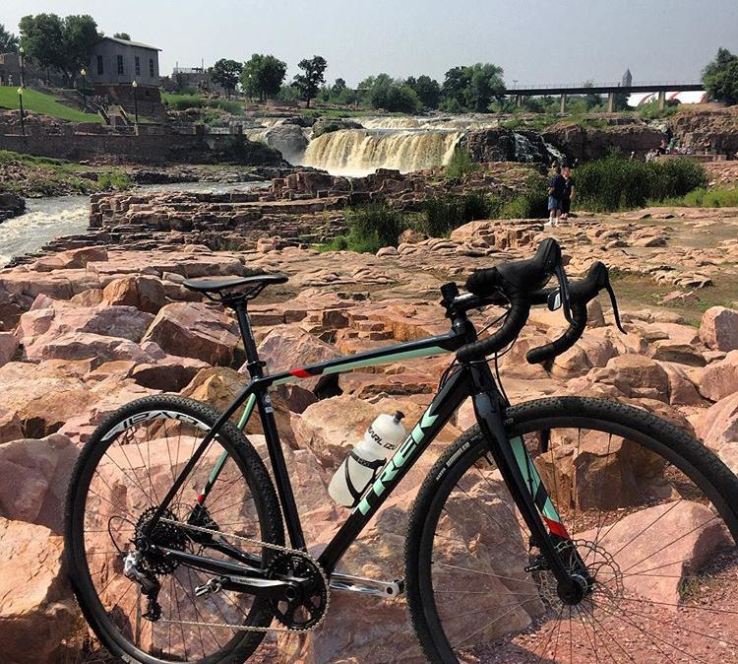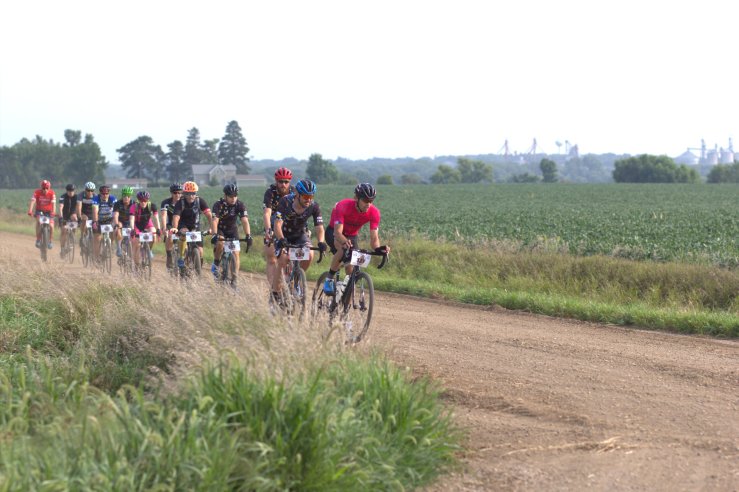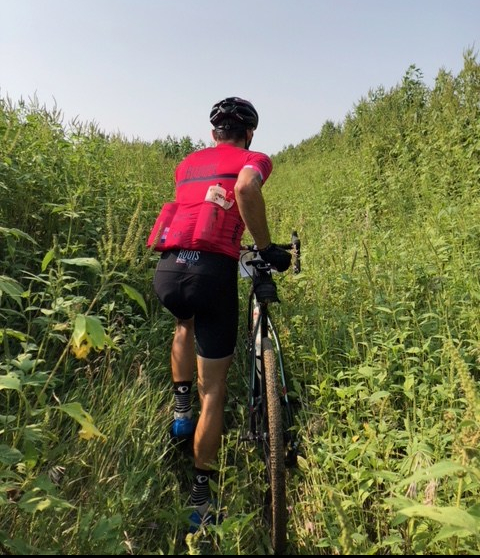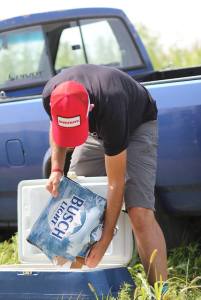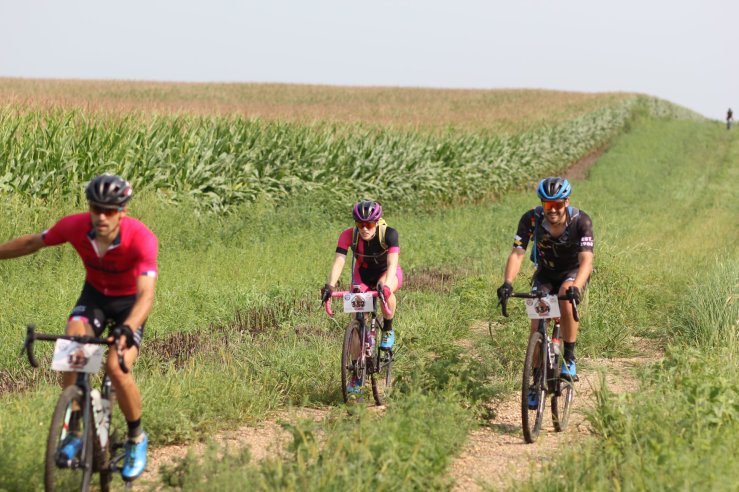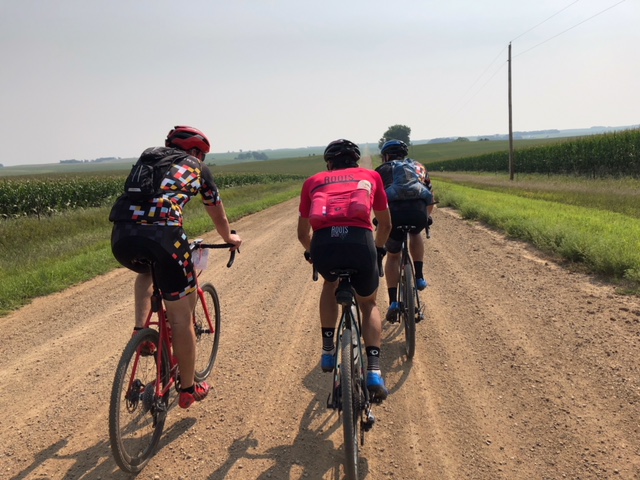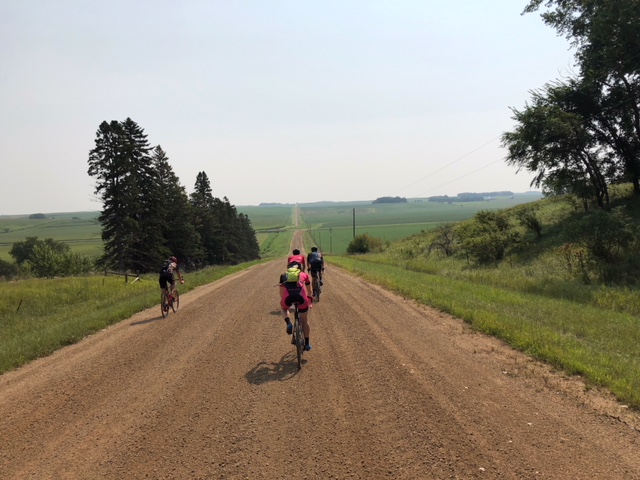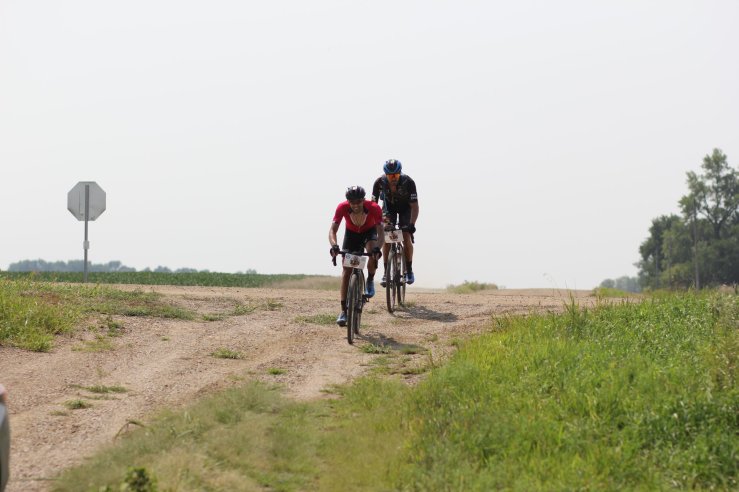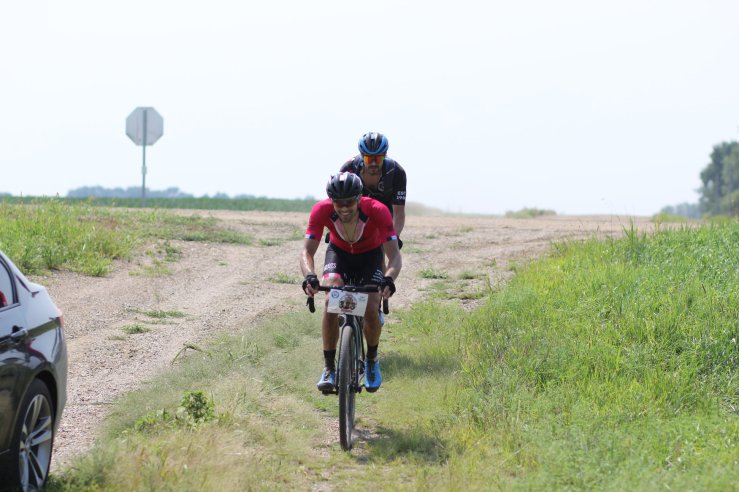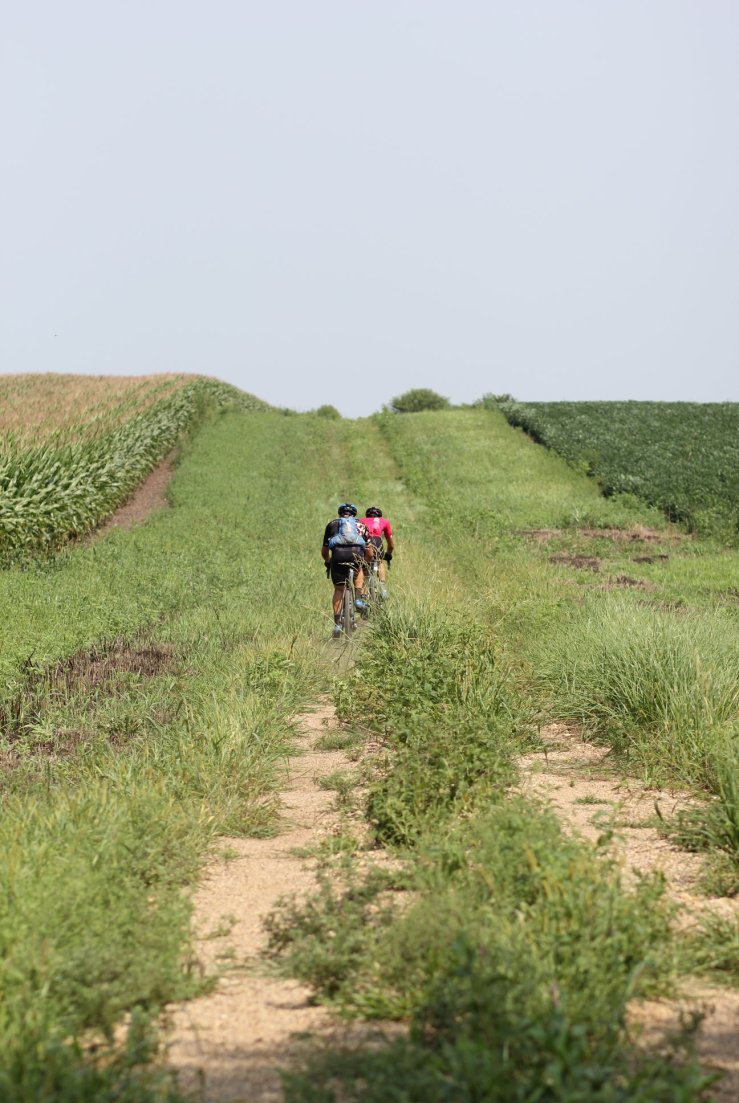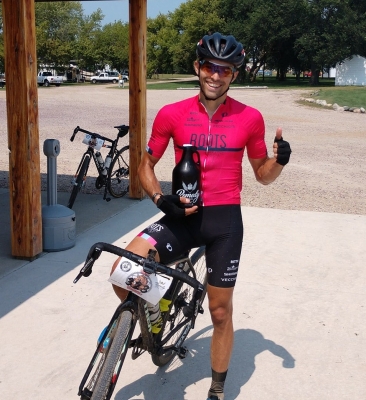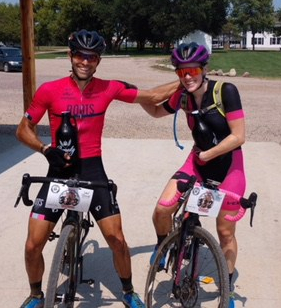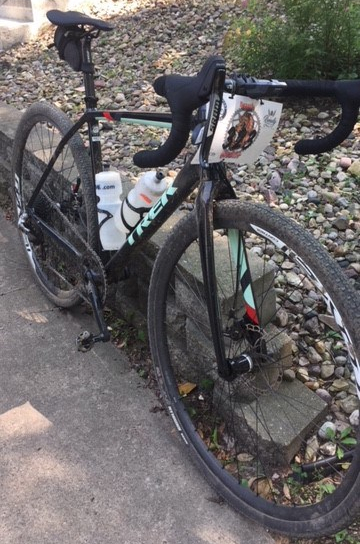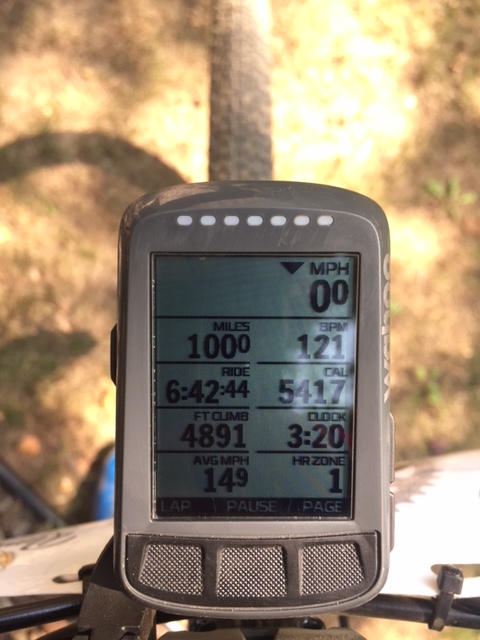The first thing I have to say about this bike is that the only limits I had were my own lack of technical skills haha, that aside this bike was AWESOME!
Welcome to the Liv Pique 2
The Pique 2 is Liv's entry level dual suspension XC mountain bike with 27.5" tires and 120mm of travel both front and rear suspension.
Wait...what did you just say?
Mountain bikes, well really bikes in general have a lot of confusing terms, categories, and fads. Let's clean up a few of those now before we dig into this bike!
Entry Level - for a beginner, someone that doesn't plan on doing big competitions (yet) or someone that wants "a little bit of everything" with a new bike. Someone who is interested in a sport but not sure where they fall or how much time they want to commit to a new skill. Usually the cheaper of the models.
Dual Suspension - There is a shock on the front and middle/rear of the bike making it bouncy and springy. Two suspended parts = more capability for down hill and big riding. One (hardtail) = better for gravel, uphill, and speed. Both make rough and bumpy down hill descents easier as well as tackling some bigger features like rocks and roots. When you see a number like 120mm that is the distance of travel your suspension has. A smaller number is better for flat land, uphill, and less rugged terrain. The bigger the number the better for downhill, big rocks and logs, big jumps, and yes...all the better to send it.
XC- or Cross country riding. Full of climbs as well as descents. Usually involves more endurance type riding, twisty single track, lots of hills, and smaller features but can be a mix of more technical riding.
Tire Size - This bike has a 27.5" wheel, meaning how big around the wheel is it is kindof a vague term so bear with me here. Some other common wheel sizes in mountain biking are 26" and 29er
So now that we know a thing or two let's talk about how these features work with the Pique 2.
For my ride I chose Big Sioux Rec area. I would consider that a pretty true cross country type of trail. Lot's of flat area to up your speed, a great "hefty" and technical climb over some smaller roots and rocks, and then a nice open descent to the start. It is a bit over two miles for one loop but the down hill serves a nice recovery to go back for round two.
The 27.5" wheel was a great choice for this bike. I am 5'5" and it was extremely easy for me to stand over this bike. Hop off and on when I had to push the bike, and brought my center of gravity lower for better handling and balance on the tighter corners and down hill. I didn't feel like a sacrificed speed on the flats by having a smaller wheel either. The fact that I had a larger front chain ring helped me pick up speed where I needed it. The Maxxis High Roller tires offered great cornering security as I came around some of the softer dryer dirt and leaves on the uphill. The fact that this bike is tubeless (sealant instead of traditional tube inside) allowed me to run a lower tire pressure so that tread really grabbed the ground under me. I felt a lot more confident that usual riding in the dark.
The front forks 120mm suspension was just enough for this type of trail. The trails were riddled with horse tracks and this bike just flew over them like nothing. I hopped from bumpy to smooth parts over and over and didn't feel like I was underserved at all. With the lock out I didn't feel like any energy was wasted on the climb either. The bikes geometry pushed me up towards the front on those steeper climbs and felt great control even over the leaves and rocks. The only thing lacking on this bike is a lock out for the rear shock, but as a beginner bike it does not come with one.
The descent for me was probably the scariest. I am in fact a beginner mountain biker and that was the longest and steepest down hill I have done thus far. Honestly the dropper post saved my life. It allowed the saddle to be out of my way so I could really pushy my body back and down over my rear wheel, locking my balance in place and letting the bike roll under me. It was EXHILIRATING!
I hit the summit right at sundown and the view was gorgeous. This ride was fun and challenging and absolutely stunning. For me this wasn't about riding mountain bike, it was about testing my own skills and being brave, this bike absolutely helped me do that! Ten out of ten would recommend this bike to anyone looking to get into single track riding!




